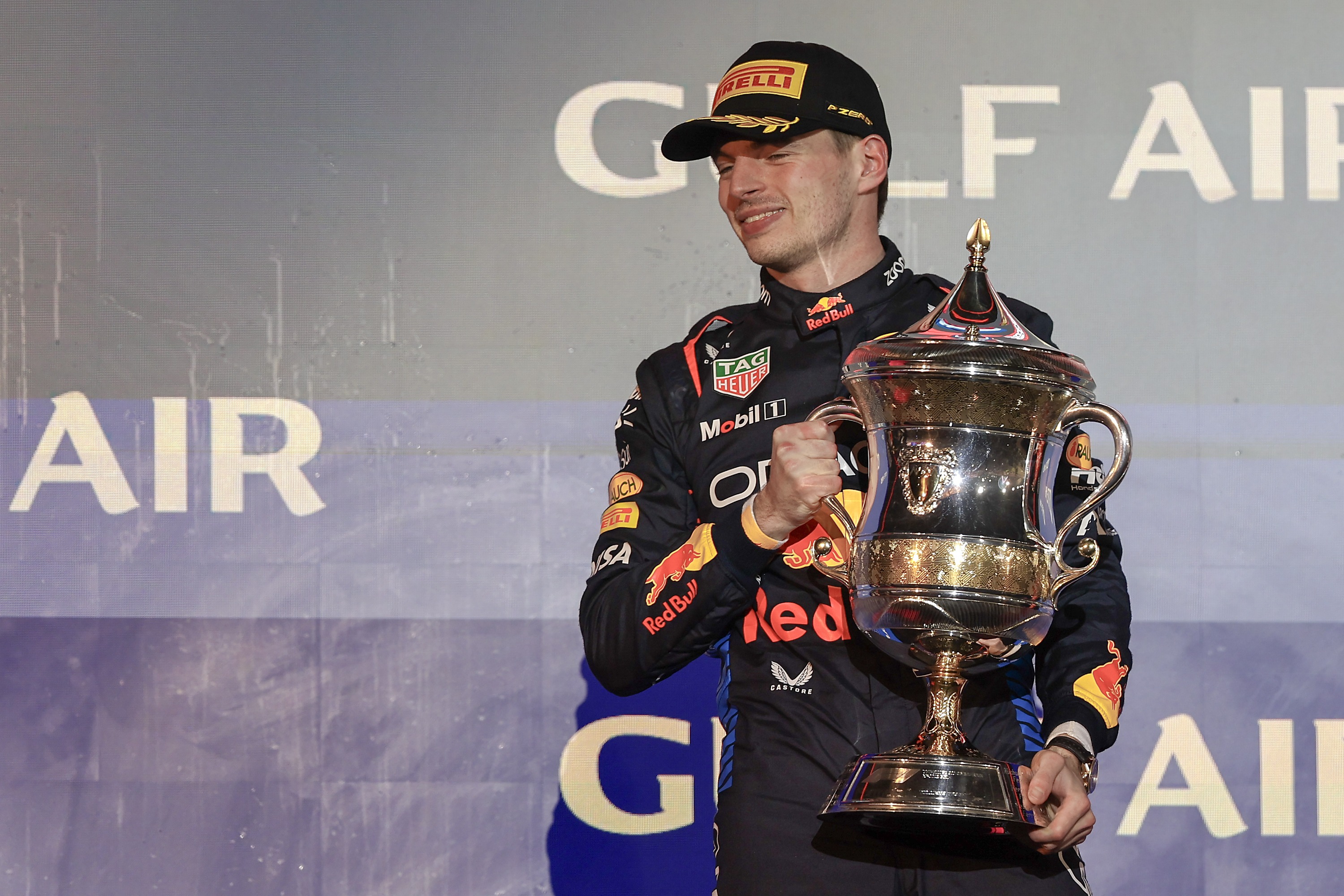Verstappen Still Reigning King?
Formula One fans are in for an exciting season as the supercomputer predictions for the 2024 F1 season are out. With Max Verstappen dominating the sport, will he continue his winning streak, or is there a surprise in store?
Verstappen's Dominance
Verstappen is expected to breeze through to a fourth consecutive World Championship, with the supercomputer predicting he will win a staggering 21 out of 24 races this year, setting a new record for most race wins in a season.
Hamilton's Final Season Struggles
Lewis Hamilton, on the other hand, is set for a tough final season at Mercedes. The supercomputer suggests that he will go the entire year without winning a race for the third season in a row, with only two podium finishes predicted.
Surprises on the Track
The predictions also include some surprises, with McLaren's Lando Norris, George Russell, and Oscar Piastri expected to clinch wins in races where Verstappen is not projected to finish first.

As F1 fans gear up for an action-packed season, these supercomputer predictions have set the stage for what could be an unpredictable and thrilling year in the world of Formula One.
Frequently Asked Questions
Can you explain the braking systems that are used in Formula 1?
Formula 1 vehicles have advanced brake systems consisting of carbon fibre discs and pad, coupled with sophisticated hydrostatic systems for optimal stopping. These components can withstand extreme temperatures and offer responsive braking. Brake-by-wire systems at the rear allow for fine-tuned electronic control of the brake force distribution, helping to stabilize the car during deceleration and aiding in the regeneration of energy back into the power unit.
What communication systems are used by F1 teams during a racing?
F1 teams use sophisticated communication systems to maintain constant contact between the driver, race engineers, and strategists during a race. These systems comprise of radio communications for voice, and telemetry for data transfer. Teams use digital radios encrypted to maintain clear and secure communication even in noisy environments. Teams can use these systems to make real-time decision and provide drivers with crucial information about the performance of their cars, race strategy and competitors’ status.
What is the role of telemetry in Formula 1?
Telemetry in Formula 1 refers to a sophisticated system which transmits data in real-time from the cars, back to the team headquarters and then the engineers working on the pitwall. This data can include engine information, brakes or tires, fuel, and the inputs of the driver. Engineers use the telemetry system to monitor and analyze car performance. They also make strategic decisions and identify issues before they are critical. Telemetry can be used to maximize the performance of a car and its driver during a race.
What are the effects of Formula 1 rules on car design and technology today?
Formula 1 rules or regulations set by the FIA influence car design and technologies. These regulations set parameters for vehicle sizes, engine specifications, aerodynamic components, safety elements, and much more. These constraints force teams to constantly innovate in order to achieve competitive advantages. The sport’s rules evolve to support closer racing, safer advancements and sustainability goals.
How do F1 teams simulate the performance of their cars before races?
F1 teams use various simulation tools to determine car performance in advance of the race. Computational Fluid Dynamics is used for aerodynamics analysis, chassis and suspension models, and full scale wind tunnel testing. Additionally, some teams use driver-inthe-loop (DIL) simulators. This allows drivers to simulate virtual circuits and give feedback on the car’s handling. These simulations help teams optimize setups and strategies in preparation for races.
How can F1 cockpits improve driver comfort and safety?
F1 cockpits are meticulously designed focusing on driver safety and comfort. Safety is increased by using carbon-fiber composites for survival cells and padding. The seats are individually molded to fit each driver. This ensures a secure, comfortable fit. Cockpit dimensions are regulated to provide adequate space for driver extraction, with all controls designed to be accessible within the driver’s reach without removing hands from the steering wheel.
Statistics
- Wind tunnel testing for Formula 1 cars is limited by regulations, with teams only allowed a maximum of 40 hours of running per eight-day aerodynamic testing period.
- Since the hybrid power units were introduced in 2014, thermal efficiency has increased from around 29% to surpass 50%, a remarkable figure compared to standard road car engines.
- The drag reduction system (DRS) can increase a Formula 1 car’s straight-line speed by approximately 12-15 km/h when activated.
- In 2021, Formula 1 announced its plan to have a net-zero carbon footprint by 2030, which includes the cars, on-track activities, and the rest of the operations.
- The halo device introduced into Formula 1 in 2018 is designed to withstand the equivalent weight of a London double-decker bus.
- Formula 1 tires lose weight during a race due to wear and degradation, with up to 0.5 kg shed from each tire.
- Modern Formula 1 car chassis are required to withstand a frontal crash test with a peak deceleration of no more than 25 g.
- Formula 1 races on average have over 300 sensors on a car, generating more than 1.5 billion data points over a race weekend.
External Links
mercedesamgf1.com
pirelli.com
renaultsport.com
f1chronicle.com
motorsport.com
sauber-group.com
engadget.com
techradar.com
How To
How to check the F1 steering wheel functionality
Understand the F1 steering wheels’ role as a driver’s command centre before you begin to examine their functionality. Delve into the various buttons, knobs, and displays, noting their functions for controlling the car’s systems. Learn how drivers can change the engine, brakes or power unit modes on the fly. You can look at the differences in steering wheel design between teams, and how regulations impact their functionality.

